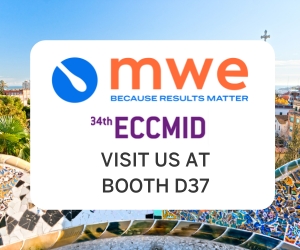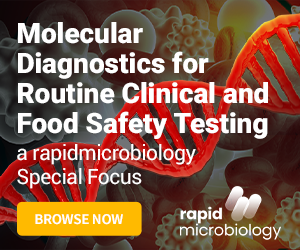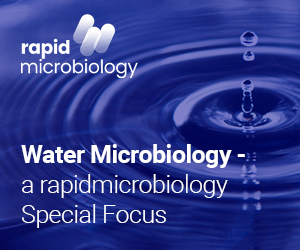New CLSI Guideline for Collection, Processing, and Interpretation of Blood Cultures
| The prompt and accurate detection of bacteremia and fungemia is one of the most important functions of clinical microbiology laboratories. Guidelines for the collection, processing, and interpretation of blood cultures are needed so that laboratories and providers use optimal laboratory methods for recovering specific pathogens, interpret the results correctly, and help control healthcare costs. Included in the guideline are recommendations for:
This guideline is intended to provide guidance to clinical microbiologists and other laboratorians (e.g., pathologists, laboratory supervisors, laboratory managers) for the recovery of pathogens from blood specimens taken from patients who are suspected of having bacteremia or fungemia. |
Source : Clinical and Laboratory Standards Institute View Company Information
Posted on June 15, 2007







